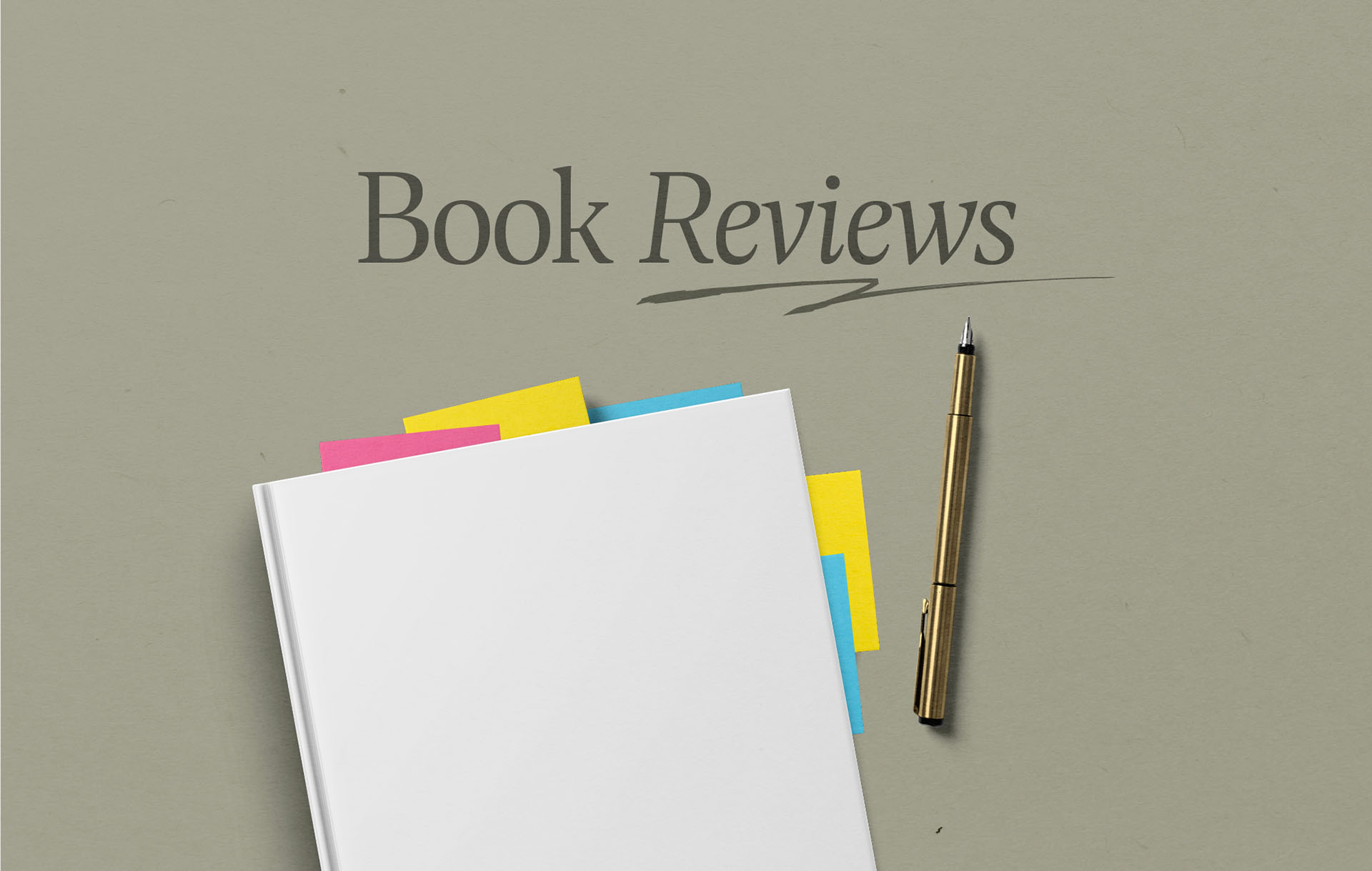“Throughout the book, I have recorded and reported speech in the words of the individuals interviewed. I have chosen to use the individuals’ slang, graphic descriptions, and vulgar language because they accurately reflect the way in which people think about and discuss pornography. The use of sexually explicit and crude language is part of the story of how pornography is changing our lives; to avoid such language in Pornified would give less than a full picture.” Indeed, the language and examples used in Pornified are sometimes shocking, even for a person like myself who is not easily startled. Author Pamela Paul, in what is really an extension to an article she wrote for Time Magazine, seeks to show in this book that pornography is transforming the way we live our lives. Her approach is not academic or sociological, but rather journalistic. The book is bound together by scores of interviews with pornography users and sometimes their families as well as well as a poll conducted by Harris Interactive and sponsored by Pornified. The language can be harsh and the descriptions graphic.
Pornography use is wide-spread – far more so than the average person might think. “Take a look to your left and your right. Only one of you will be sitting here in two months.” Did you ever have one of those classes in university where the professor attempted to scare the students into realizing just how difficult the course was going to be? These days the statistics seem to prove that if you sit on the train or on the bus or in the lecture hall and take a look to your left and your right, you’ll know that at least one of you has an addiction to pornography or at least regularly indulges in pornography. It truly is that prevalent. Some seventy percent of 18-24 year-old men now visit a pornographic web site in a given month. Men in their twenties and thirties fare little better, with two out of every three of them admitting the same. Pornography has even made major inroads into the lives of women so more and more women are purchasing pornography, sometimes to please a husband or boyfriend and other times simply for their own pleasure. Children are being introduced to it at ever-younger ages and are often addicted long before they are even capable of understanding sexuality.
The affordability, accessibility and anonymity of Internet pornography has proved a boon to the industry and the growth of pornography has skyrocketed so that it is now a multi-billion dollar industry. At the same time pornography has become mainstream. Porn stars play themselves on popular television programs and make constant appearances in the videos of popular musicians. The biographies of porn stars become bestsellers. What was once shameful is now mainstream and the punchline of far too many jokes. It has gotten, as Paul says, to the point that “it is easier to get pornography than it is to avoid it. We have protected the rights of those who wish to live in a pornified culture while altogether ignoring the interests of those who do not.”
Of course the prevalence of pornography makes perfect sense. Pornography, as you may know, is progressive both to the individual and society. “Men and women who came of age during the sixties, seventies, or eighties, or whose experience with pornography dates to those eras, think of pornography in terms of gauzy centerfolds, outre sexuality, women’s liberation, and the Hugh Hefner lifestyle. Back then, the lines between softcore and hardcore pornography were clear and distinguishable…Today, pornography is so seamlessly integrated into popular culture that embarrassment or surreptitiousness is no longer part of the equation.” Our society has so-integrated pornography that what was once shocking and was cause for outrage is barely even noticed. The pornography of thirty years ago is today merely a topic for monthly discussion in teen and tween magazines.
The progressive nature of pornography in society is mirrored in the lives of the individuals who use it. While most men are introduced to “girlie pictures” and initially are interested in little more than pictures of naked women, soon those who continue to dabble in pornography find that what was once exciting becomes mundane. Men seek out more graphic and perverse acts of sexuality involving violence, degradation and humiliation. They may eventually turn to acts so disgusting that surely they fall under the Apostle Paul’s admonition that they are too shameful even to speak of. Such examples are plentiful in the interviews the author conducts. While many people continue to believe that the consumption of pornography can be neatly separated from “real life,” the truth is that it begins to impact every area of life. “Pornography has a corrosive effect on men’s relationships with women and a negative impact on male sexual performance and satisfaction. It plays a rising role in intimacy disorders. More than ever, it aids and abets sexually compulsive behavior in ways that can become seriously disruptive and psychologically damaging.” Pamela Paul seems not to be a Christian and thus largely ignores the spiritual dimension, but surely believers suffer a great harm when they allow pornography in their lives and they struggle with the inevitable feelings of separation from God as they continually give in to their sinful habits.
Contrary to what society would have us believe, “Pornography is not just naked women and it is not sex. The sexual acts depicted in pornography are more about shame, humiliation, solitude, coldness and degradation than they are about pleasure, intimacy and love…Pornography is, at its core, the commercialization of women, turning men into consumers and women into a product to be used and discarded. If pornography were truly just about sex and naked bodies, there would be nothing to get upset over, but those who know better, those who bother to think while they gaze or who stop averting their eyes for a moment and address what’s on-screen in the cubicle behind them, should – and can – no longer be ignored.”
While she does not do so until the end of the book, Paul makes a useful comparison between the pornography industry and the tobacco industry. “For years another industry insisted their products did no harm. Corporate owners, employees and consumers scoffed at studies showing tobacco’s links to cancer and emphysema. Industry leaders stood in front of Congress and testified that tobacco was not addictive. All Americans, they said, should be allowed to choose to smoke. Nothing should stand in the way of that freedom. Cigarettes, they explained, were harmless.” Of course it was not long before it was proven that smoking is harmful and that people should be educated about the possible harmful effects. This industry, Paul feels, could just as well be pornography. Pornographers continue to insist, even today, that pornography is harmless to individuals, to families and to societies. Yet the evidence is increasingly proving this to be a false assumption. A possible and obvious solution, according to the author, is to put similar warnings and restrictions in place as there are for cigarettes. Why is it that a child has to prove he is old enough to purchase cigarettes but when asked to prove his age before encountering Internet pornography it is considered a violation of the First Amendment? In fact, pornographers have gone to great lengths to link pornography with civil liberties, arguing that the use of pornography is a strike against the hypocritical reactionaries who would like to see its prevalence curtailed. “They’ve managed to equate the use of pornography with a defense of the Bill of Rights, convincing an entire generation that pornography is not only okay, it’s the American citizen’s right.”
And the strategy has worked. “In today’s polarized cultural debates, supporting pornography has become the default liberal, moderate, and civil libertarian position. Speaking out against pornography has become a reactionary cause rather than a progressive one – even though acceptance or approval of pornography shouldn’t be any more an indication of one’s liberal bona fides than denouncing it should be of proving one’s conservatism.” Later the author writes, “most people don’t talk about whether they’re ‘for’ or ‘against’ pornography anymore; the cultural consensus seems to consider the matter beyond debate. Through complacency and carelessness, the majority of Americans shrug or laugh off the issue as inconsequential and irrelevant to their lives.”
While the bulk of the book deals with diagnosing and proving the problem, Paul does not end without suggesting a solution. “What we need is a mind-set shift, one that moves us from viewing porn as hip and fun and sexy to one that recognizes pornography as harmful, pathetic, and decidedly unsexy.” Her proposed solution is not one of censorship, but of standards. Just as people are required to prove their age before they can purchase cigarettes or alcohol, and just as people are required to show a library card before they can borrow a book, in the same way people should have to prove their identities before viewing pornography.
Pornified is an eye-opening book that deals with a subject of increasing importance. I am sure that any divorce lawyer or family counselor could share story after story of the harmful effects of pornography addiction. Sadly, pornography poses as big a challenge within the church as without. Leaders of churches and families need to be educated about pornography and its harmful effects so they can protect their own purity and that of their children.
Do be aware if you choose to read this book that it includes crude language and sometimes graphic descriptions of the type of behavior condoned in or inspired by pornography. It is definitely not a book for children or teenagers to read. The author chose to leave the language in place for a legitimate reason – she sought to show how pornography leads to degradation not only through people’s actions, but also through their words and perceptions. She chose to discuss the difficult and sometimes stomach-turning topics to show how far people just like me and just like you can fall when they allow themselves to be ruled by their addictions. This is a provocative book and one I hope will make many people think twice before they do that next Google search.










